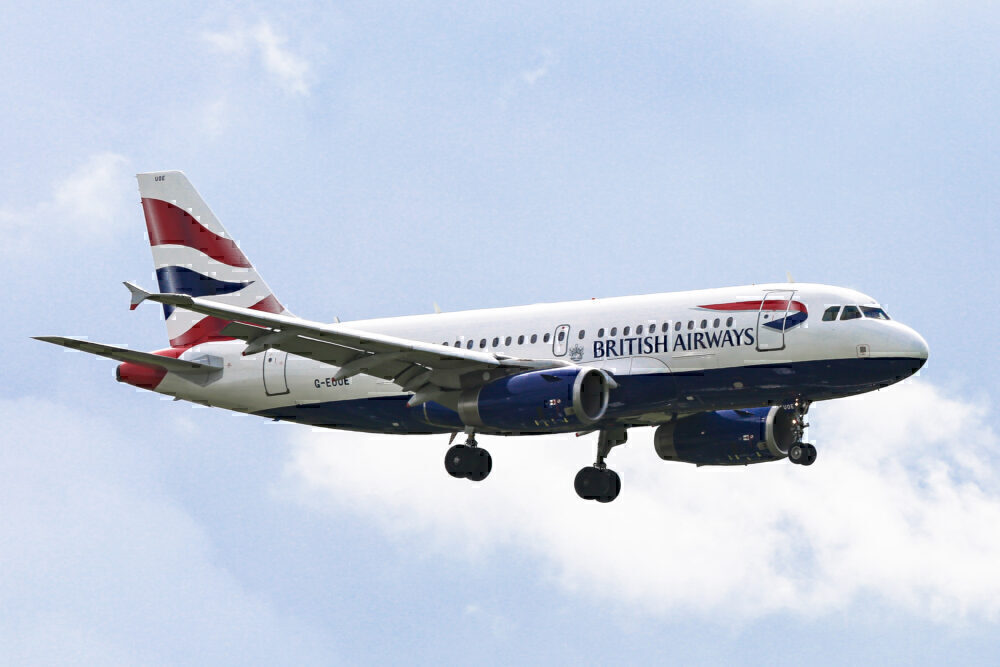Every aircraft needs several paint refreshes, or new liveries, during its active life. This is important for protection, performance, and airline branding. How does this happen, and how much does it cost?

Painting aircraft
As you can imagine, painting an aircraft is no easy task. We looked in more detail at how it works in a previous article, following the example of Qanats re-painting an A330.
The first step in painting is to remove the previous paint layers, using solvents to remove the paint, then sanding down the surface. This is essential to reduce weight (Qantas estimates the weight of paint on an A380 to be over 500 kilograms for example). It also gives a chance to inspect the fuselage for damage or corrosion.
Paint is then re-applied. It is sprayed on one color at a time, with areas of the fuselage not painted with each color carefully covered. A gloss layer finishes the paint job.

How much does a repaint cost?
Painting and maintenance costs are not something that airlines generally publish. But we can get a good idea from information shared online.
Discussion from several people on Stack Exchange indicates costs of $175,000 and upwards for widebody aircraft, and down to $50,000 for narrowbodies. Discussion on Airliners.net indicates similar figures, with the 747 going as high as $300,000.
In a Wall Street Journal article, Tom Horton from American Airlines quotes a re-paint cost of $100,000 to $200,000 for a Boeing 777 (depending on complexity), and around $50,000 for an Airbus A320 aircraft.
The BBC looked at the case of British Airways’ re-painting its A319 aircraft. It does not cost this but details a repaint taking a 10 person team 950 man-hours to repaint.

And website Travel Stats Man attempted an interesting calculation of the total cost for British Airways to repaint its 747 aircraft. Such a calculation obviously has to make various assumptions about paint and man-hours, but it reached estimates of over $200,000 per aircraft.
It is sometimes higher, though. A repaint in 2020 of the UK’s government VIP transport RAF Voyager aircraft cost the taxpayer an incredible £900,000 ($1.2 million). With a red, white, and blue scheme, it is certainly patriotic but also expensive.

Taking aircraft out of service
Also though, remember that the cost of the physical painting and labor is only part of the equation. Taking an aircraft out of service is a major expense for any airline. Repainting can take up to two weeks for larger aircraft, so this is very significant. It’s common (and sensible) to schedule painting, maintenance, and other updates or refits together, to minimize the time the aircraft is out of use.
Minimizing re-painting obviously makes sense, given high costs and time out of service. This is one reason why many aircraft have a mainly white color scheme, as white fades slower than other colors. It also helps keep the aircraft cooler and shows up fuselage damage easier.
Typically, most aircraft are repainted at least every seven to ten years.
Why paint aircraft?
Given that it is so expensive, you may question why airlines paint aircraft at all. And more importantly, why they regularly repaint. There are several important reasons.
The livery is an important part of branding. Airlines want to change this between aircraft. And certainly, when sold (or leased) to another airline, it will need to change.

But more importantly, repainting is also important for safety and performance. Regular painting helps to avoid corrosion of the fuselage, and stripping back allows inspection and repair. Dirt and damage to the surface also reduce aerodynamic performance.
We don’t often discuss aircraft painting and maintenance procedures. Feel free to share your thoughts on this or discuss other aspects in the comments.
from Simple Flying https://ift.tt/3bP5xFB
via IFTTT
Comments
Post a Comment